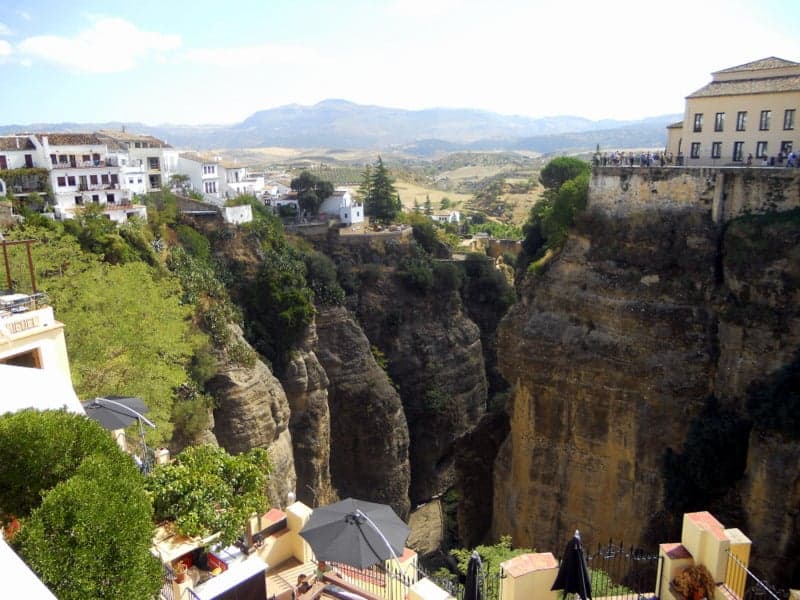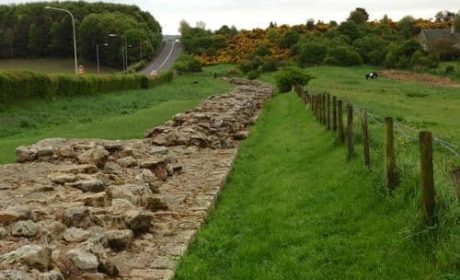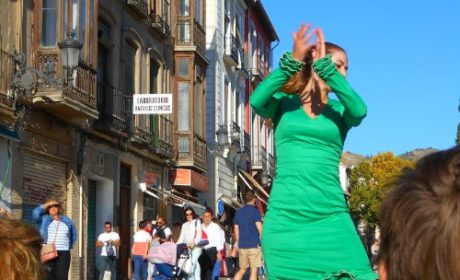If you’re looking for a charming, old-world European destination that stands apart from the busting at the seams cities like Paris or Rome, Budapest is right up your alley. From its ornate architecture, to its incredibly unique cuisine, this lovely city has just about everything.
However, if you’re on limited time, it’s best to plan your exploration with a little strategy to make the most of your day. Guest contributor, Phyllis Rose, shares some great recommendations for planning an unforgettable 24-hour baby boomer adventure in Budapest.

24 hours in Budapest
Walking to the edge of the overlook high above the Danube River in Hungary, my cousin, Judy, and I saw Budapest spread out before us through an autumn haze. The late afternoon sun glistened off the Danube River as it curved past the city’s iconic Parliament Building. This, our first view of the city, pumped us up to see all the sights.
Dining in Budapest
On a two-week Trafalgar Tour of Eastern Europe, we had about 24 hours for exploring this beautiful and intriguing city. That evening, after checking into our spa hotel, Danubius Margitsziget, on an island in the Danube, we embarked on a Danube dinner cruise to see the city’s buildings illuminated at night.
The evening started with a buffet of wonderful Hungarian dishes, including my favorite – goulash. After dinner, everyone gathered out on the deck to take pictures of the buildings.
The ship was traveling slowly enough that we got some great shots. My favorites are of the Parliament Building, glowing golden against the black canvas of the night. As we sailed by, we saw the building from different angles, giving us a variety of photo opportunities.
Looking for a place to stay in beautiful Budapest? Start your search for hotels in Budapest with us!
What to See in Budapest in 24 Hours
The next day we toured the city, starting in Buda, the hilly side of town across the Danube from Pest. Buda and Pest were once separate cities, but in1873, they united to become Budapest. Our first stop was at the Matthias Church, a Roman Catholic Church, dating back to the 11th century.
Stroll by the Fisherman’s Bastion

We did not go inside because it was such a beautiful day. Instead, we wandered along the Fisherman’s Bastion, a terrace next to the church providing a broader panoramic view of the city than what we had seen the day before. Built between 1895 and 1902, the Fisherman’s Bastion has been restored after nearly being destroyed in World War II.
Apparently, the bastion got its name because the fishermen’s guild was responsible for defending this section of the fortifications. It has seven towers, one for each of the seven Magyar tribes who settled in the area about 895.
We then roamed around the whole area visiting the shops and finding more panoramic views on the side away from the river. We were pleased to find that shops accepted euros and gave change in euros. Since we were only in Budapest a short time, we didn’t want to get Forints, the Hungarian currency.
Honor Heroes Square
Back on our tour bus, we headed to Heroes Square where seven statues honor the seven Magyar chieftains. Other national leaders have memorials there as well.
The highlight of the square is the Millennium Monument, a semi-circular colonnade with a 118-foot column in the middle. A statue of the Archangel Gabriel is at the top of the column.
The monument commemorates the one-thousandth anniversary of the conquest of the Carpathian basin. Construction of the monument began in 1896, the year that Hungary was founded.
From there, a short walk took us to our lunch stop, the famous Gundel Etterem which has been serving up fine food for over 120 years. The reception displays photos of famous people who have dined there, including Queen Elizabeth.
In the elegant dining room where the tables are covered with white tablecloths, we enjoyed a delicious pumpkin soup served with a breadstick. Dessert was a crepe with a filling made from rum, raisins, walnuts, and lemon zest. Topping it off was a warm chocolate sauce which the wait staff flambe’ed in a silver bowl as we all watched. It was wonderful.
Peruse the Parliament Building

After lunch, we toured the Parliament Building which started, of course, with a security check. Then, we walked up an ornamental staircase with golden high arched ceilings rising above us.
The parliamentary chambers are ornate with golden arches, gleaming wooden benches, and frescoed ceilings. In the Domed Hall, we saw the Holy Crown of Hungary used to crown Hungary’s kings, beginning in the twelfth century.
A distinguishing aspect of the crown is that the cross on the top is crooked. Stories vary as to how that happened. One story says that when Turkish invaders were attacking, the crown was quickly packed away in a chest.
After the Hungarians were victorious, they opened the chest and found the cross had been bent. The king decided it should stay crooked as a reminder of Hungary’s deliverance from the Turks.
Stop by St. Stephen’s Basilica

From the Parliament Building, we visited the city’s largest church, St. Stephen’s Basilica, named after Stephen, the first king of Hungary. A reliquary in the church supposedly holds Stephen’s mummified right hand.
Built over the course of 50 years, the basilica was inaugurated in 1906. The church’s dome rises almost 315 feet, equal in height to the Parliament Building. Standing under the dome as our guide told us the church’s history, we were in awe of the church’s beauty from the statuary to the artwork to the organ.
This was our last stop on our visit to Budapest. Yes, we saw only the highlights but what wonderful highlights they were. I was so impressed with the city that I’m Budapest bound this December to see the city in all its holiday glory.
Save to Pinterest




